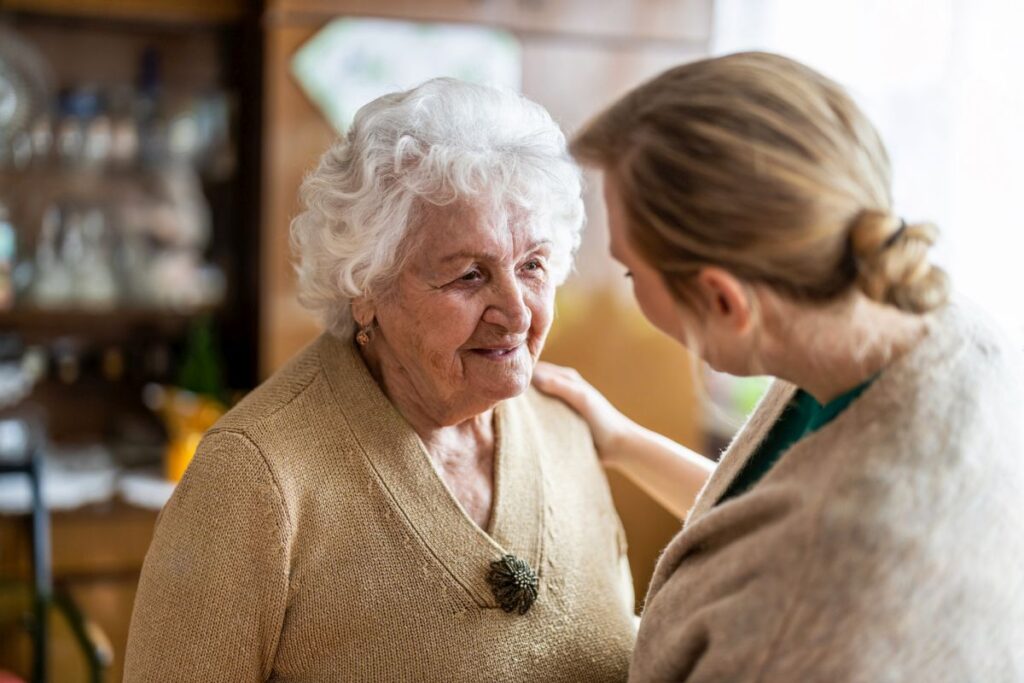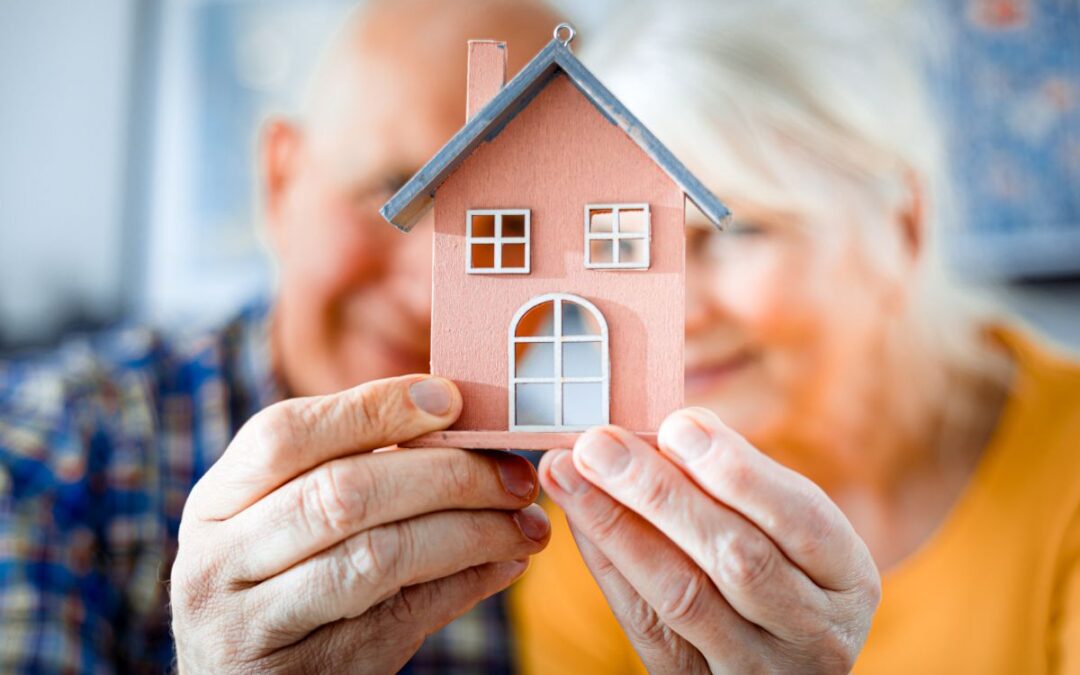As your parents advance in age, you hope to find them a home that allows them to comfortably and safely live as independently as possible. With mobility changes and health considerations, small obstacles and hazards may seem concerning and potentially dangerous.
Look for a residence maximized for senior-friendly living, with features that reduce fall risks, are easy to operate, and improve accessibility. Expert guidance indicates universal design elements can make daily living simpler while providing your loved ones dignity and autonomy.
This article outlines 13 key characteristics to prioritize for your loved ones’ evolving needs. With some modifications to create a senior-friendly space, you can give them both security and self-reliance in their new home.
Sydney’s best aged care or your local area’s experts can also provide guidance on specialized home modifications.
1. Doorknob Handles
Traditional round doorknobs require tight grasping and twisting to operate—a difficult task for those with limited mobility or strength. Lever-style handles open easily with the push of a wrist or elbow for seamless transitions between rooms. Handles should contrast the door color for increased visibility.
2. Wider Doors
Standard 24 or 30-inch doors may impede walkers or wheelchairs. Widening doorways to at least 34 inches makes space for easy, accessible passage without tight maneuvers. Pocket doors that slide into walls also save space while accommodating equipment.
3. Good Lighting
As your eyesight changes, prioritize lighting when choosing a senior-friendly home. Install overhead fixtures, lamps, and natural light to reduce shadows and glare. Place lights at the top and bottom of stairs, and consider motion-activated night lights in hallways and bathrooms.
Also, task lighting near seating helps with hobbies, while switches and plugs within arm’s reach give you control over illumination.
4. Plug Points Positions
Avoid reaching or bending to access outlets. Place ample outlets and extension cords/power strips around seating areas and throughout activity zones. Light switches also near waist height improve ease of use.

5. Hearing Assistance
Reduced hearing hinders communication and can lead to isolation. Noise reduction materials, personal amplification devices, TV headphones, or flashing alarm systems enable continued comprehension, safety, and engagement.
6. Bathroom Safety
Equip your bathroom with grab bars, shower seats, adequate lighting, and non-slip surfaces to prevent slips and falls, which become increasingly dangerous with age. Install alerts like wireless pendants or pull cords so you can call for help when needed.
These simple safety measures allow you to use the bathroom independently while giving you and your loved ones peace of mind.
7. No Steps At The Main Entrance
Installing a ramp, no matter how short, makes entering and leaving your home accessible for everyone. Ramps allow you to easily roll luggage, push strollers, or use mobility devices without tricky maneuvers or the danger of falls on steps.
Wider landings also provide safe spaces to rest or unlock doors without blocking access.
8. Stairway Handrail
Stairs themselves are inevitable fall risks. Ensure all staircases have sturdy handrails running the entire length on both sides for stabilization, with extensions past the top and bottom steps. Also, maximize traction and visibility with tactile strips, color contrast, adequate lighting, and no-slip tread.
9. A Front Door Bench For Parcels
Carrying packages while managing doors or walkers is complicated. A weatherproof bench by the entry enables you to safely set items down while fishing out keys or maneuvering. It also provides a place to sit while removing shoes.
10. Easy-To-Read And Program Thermostat
Squinting at tiny numbers while manipulating complex controls is frustrating. Upgrade to a thermostat with a simple interface, large display screen, and pre-programmable or voice command capabilities. This tailors comfort easily.
11. Easy-Open Windows
If window types allow, install crank openers or pole operators to eliminate the need for potentially unstable climbing or furniture. This ventilates rooms independently. Also, ensure locks and screens are similarly senior-friendly to operate.
12. No-Slip Flooring
Replace slick surfaces prone to falls with textured vinyl plank flooring or commercial-grade carpeting. For existing floors, immediately clean spills and use decals to indicate slippery areas. Contrasting colors along edges and between rooms also help with perception.
No-slip treads on stairs, and non-skid rugs provide traction for unsteady feet. Proper flooring gives you stability and confidence to move safely at home.
13. Bathroom Grab Bars
Though grab bars often convey a clinical vibe, they crucially prevent dangerous slips. Have occupational therapists recommend custom placements around toilets, tubs, and showers suited to all users. Emphasize usability over aesthetics by avoiding tension rods or suction cups prone to failure.
Final Thoughts
Transitioning to a senior-friendly home ensures continued comfort, independence, and dignity for all who reside there. The investment of time and money spent focusing on these modifications pays dividends through improved accessibility, safety, and peace of mind.









